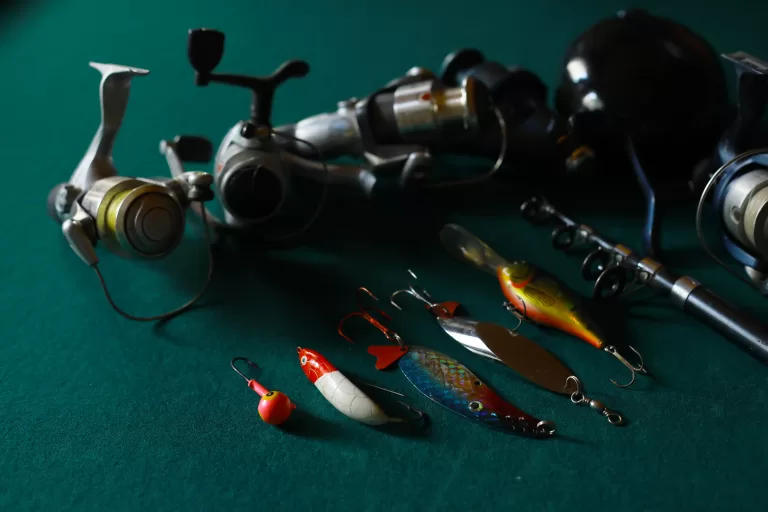Mastering the Art of Properly Filleting a Fish: A Step-by-Step Guide
Learning how to properly fillet a fish is an essential skill for any seafood enthusiast. While it may seem daunting at first, with practice you can become proficient in this art. In this step-by-step guide, we will take you through the process of properly filleting a fish, ensuring you achieve the best results every time.
1. Gather the Necessary Tools:
Before you begin, make sure you have the right tools. These include a sharp fillet knife, a cutting board with a non-slip surface, a clean towel, and a pair of sturdy kitchen shears. It’s crucial to use a sharp knife to ensure clean cuts and minimize the risk of accidents.
2. Preparing the Workstation:
Set up a clean and organized workspace. Lay the cutting board on a stable surface, ensuring it doesn’t slip during the process. Place a clean towel underneath the cutting board to provide additional stability and absorb any moisture.
3. Scaling the Fish (optional):
If the fish still has scales, it’s recommended to remove them before filleting. Hold the fish by the tail, and using the backside of a knife or a scaling tool, scrape from the tail towards the head, removing scales in smooth strokes. Rinse the fish under cold water to remove any loose scales or residue.
4. Gutting the Fish:

With a clean fish, you can begin the gutting process. Make a small incision along the belly, starting from the vent (anus) and moving towards the head. Using your fingers or a spoon, carefully remove the internal organs, being cautious not to puncture the intestines. Rinse the cavity with cold water to remove any remaining blood or debris.
5. Removing the Head (optional):
Deciding whether to remove the head is a matter of personal preference and the intended use of the fish. If you choose to remove the head, make a clean cut behind the gills using the kitchen shears or a sharp knife.
6. Filleting the Fish:
Lay the fish on its side and firmly grip the tail. Make a shallow cut just behind the gills, running parallel to the spine. Insert the fillet knife carefully along the backbone, applying gentle pressure to separate the flesh from the bones. Use long, sweeping motions, moving from the head to the tail, while keeping the knife angled towards the backbone.
7. Removing the Fillet:

Once you have cut through the fish, lift the fillet gently, holding it near the tail. To separate the fillet completely, use the knife to free it from the rib bones and the skin. Make smooth, controlled motions, maintaining a slight angle between the knife and the cutting surface. Repeat the process on the other side to obtain the second fillet.
8. Trimming and Deboning:
Inspect the fillets for any remaining pin bones, which are thin, flexible bones that run along the center of the fillet. Use clean kitchen tweezers or fish bone pliers to remove these bones individually, pulling them out in the direction they are pointing. Additionally, trim off any excess fat or uneven edges from the fillets to ensure a neat presentation.
Properly filleting a fish requires practice, precision, and patience. By following this step-by-step guide, you can master the technique and transform a whole fish into delicious fillets. Remember, safety is paramount, so always exercise caution when handling sharp knives. With time and experience, filleting a fish will become a satisfying culinary skill, allowing you to create a variety of seafood dishes that showcase the delicate flavors of the sea.






